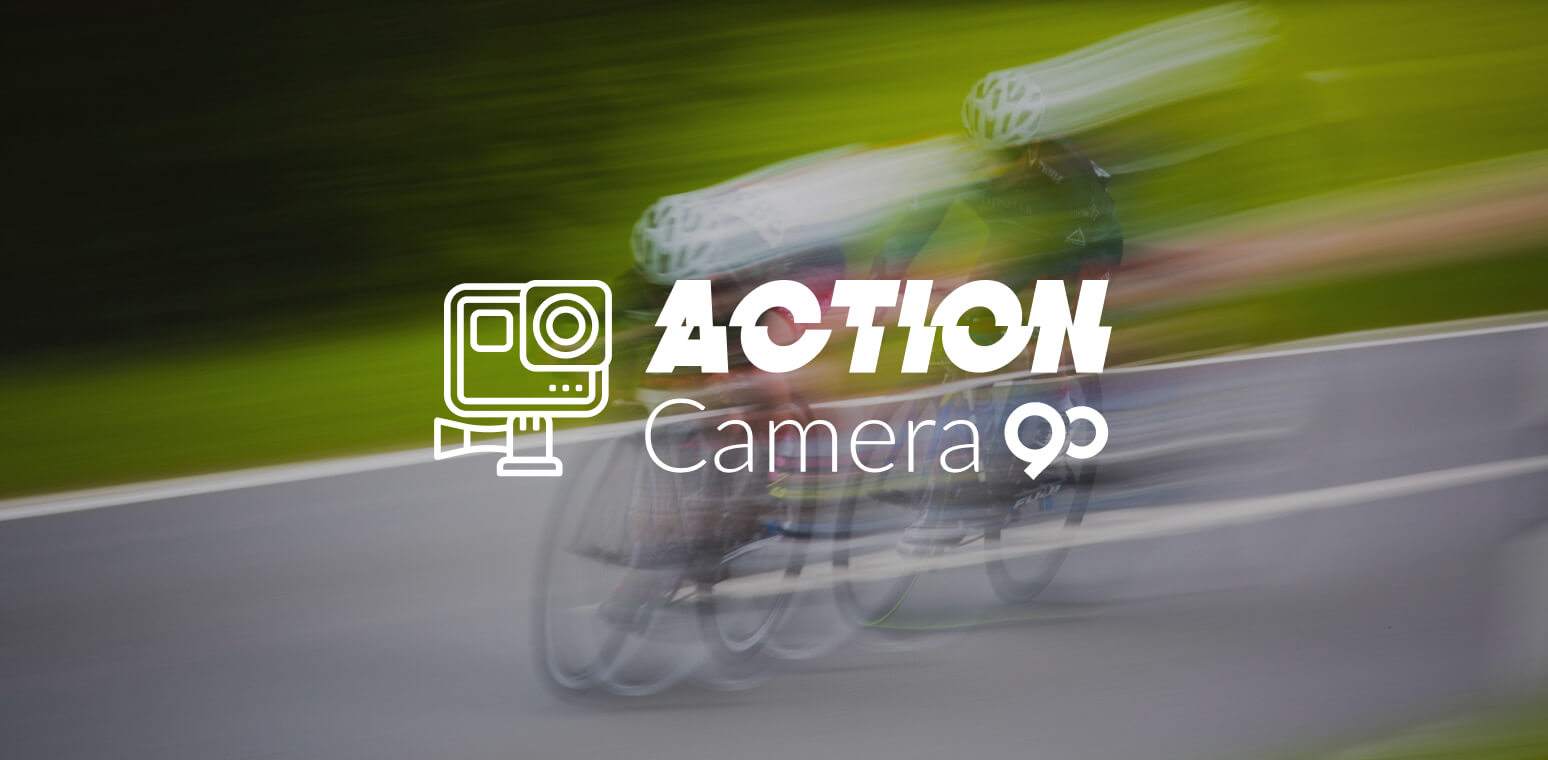Hi,
Get in touch with us today to chat about your next project.

Renting a camera to use for high-intensity action photography or video can really eat into your production budget. This is especially true if you need to use a lot of zoom, and if you have to stay on your feet, and can’t rely on a tripod, then you really need a really impressive camera.
Fortunately, there are a number of available technologies that make all of these challenges easier to deal with. So, here’s our brief guide to renting an action camera.
The most important thing to do when you want to rent a decent quality camera for action shooting is to go with a reputable dealer who will provide you with a high quality, undamaged product who you can trust.
First, shop around for the best prices. Once you have a few dealers you like on your list, read their reviews and check their BBB standing. If you find no reason to be suspicious of your favourite merchant, you can go ahead and rent from them.
When you’re shooting on a tight budget, the most important thing to know are the exact parameters under which you will be shooting; how close can you get to your subject, how fast will your subject be moving, what steadying technology do you have available, and what are your post processing capabilities?
With all this in mind, we can consider what kinds of technologies you may or may not need to incorporate into your rental to accommodate your shooting needs.
The ability to zoom can be critical if you can’t get close to your subject. But you will experience image quality loss and lighting difficulties with inferior equipment. That means scrimping on a low-quality camera may endanger your project.
Image stabilization can help a great deal with camera shake and may be necessary if mounted shooting is out of the question.
This technology can create noise, which means it can be a detriment when shooting wildlife. Also, if you’re shooting video with audio, your image stabilizer must be silent – otherwise your audio is likely to be unusable.
Another innovation that helps with action and distance shooting is crystal lenses. Glass lenses have a tendency to split light into its spectrum with deep zoom work.
This means rainbow-like aberrations can appear on your footage which can be distracting and make your image unusable.
Fast focus can be a great help in capturing fast moving objects, but faster lenses are also more expensive.
With practice, a slower focus lens can be switched to manual focus – and you may be able to learn to be faster than many autofocus lenses. If you’re shooting video, however, manual focus is probably not an option.